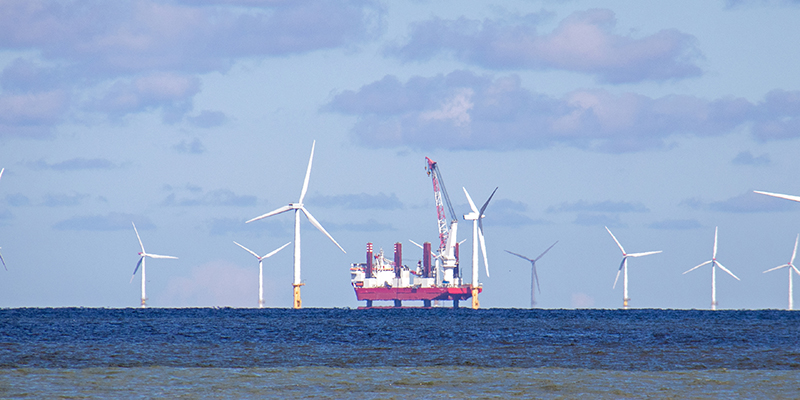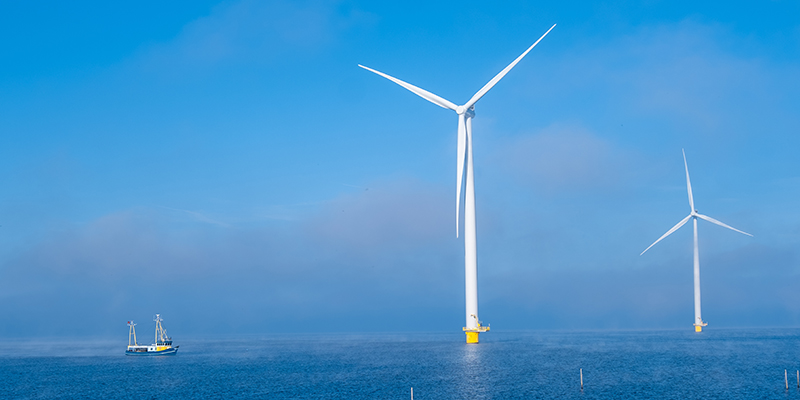
Enhancing Safety: Heavy-Duty Lifting Slings for Wind Energy Applications
As global energy consumption continues to rise, the demand for renewable energy sources such as wind power faces immense pressure to meet these needs. In this context, the ambitions of floating offshore wind turbine (FOWT) projects must match the urgency of the situation.
The Next Frontier: Giant Gigawatt-Scale Floating Wind Farms
The next step in this endeavor involves the construction of large-scale gigawatt-level floating wind farms, harnessing the benefits of consistent wind patterns while remaining inconspicuous from the coastline. However, this monumental effort comes with new challenges, including optimizing mooring designs and overcoming the complexities of installing multiple devices at sea, especially in regions lacking necessary infrastructure or large installation vessels. Among these challenges, the most significant is lowering the Levelized Cost of Energy (LCOE) for these farm-generated power sources.
A Holistic Approach to Design and Safety
By deeply understanding the key cost-driving factors in manufacturing, installation, operation, and maintenance, such as mooring lines for semi-submersible platforms, tension-leg platforms, wings and tethers, and structural components like ropes and spars, we strive to optimize the overall design of floating wind turbine structures.
Intelligent Solutions: Heavy-Duty Lifting Slings by ROPERS
In pursuit of safer and more efficient wind energy solutions, we turn to innovative technologies like heavy-duty lifting slings manufactured by ROPERS. These slings provide the necessary strength, durability, and flexibility to ensure the safe installation and maintenance of wind energy infrastructure.

The quest for safer and more effective wind energy solutions requires a multi-faceted approach, addressing challenges across manufacturing, installation, operation, and maintenance. The use of heavy-duty lifting slings is a crucial component of this endeavor, enhancing safety and efficiency in the development of wind energy applications, especially in the context of floating offshore wind turbine projects. By leveraging cutting-edge technologies, the renewable energy industry can continue to push the boundaries of innovation while ensuring the well-being of both workers and the environment.

